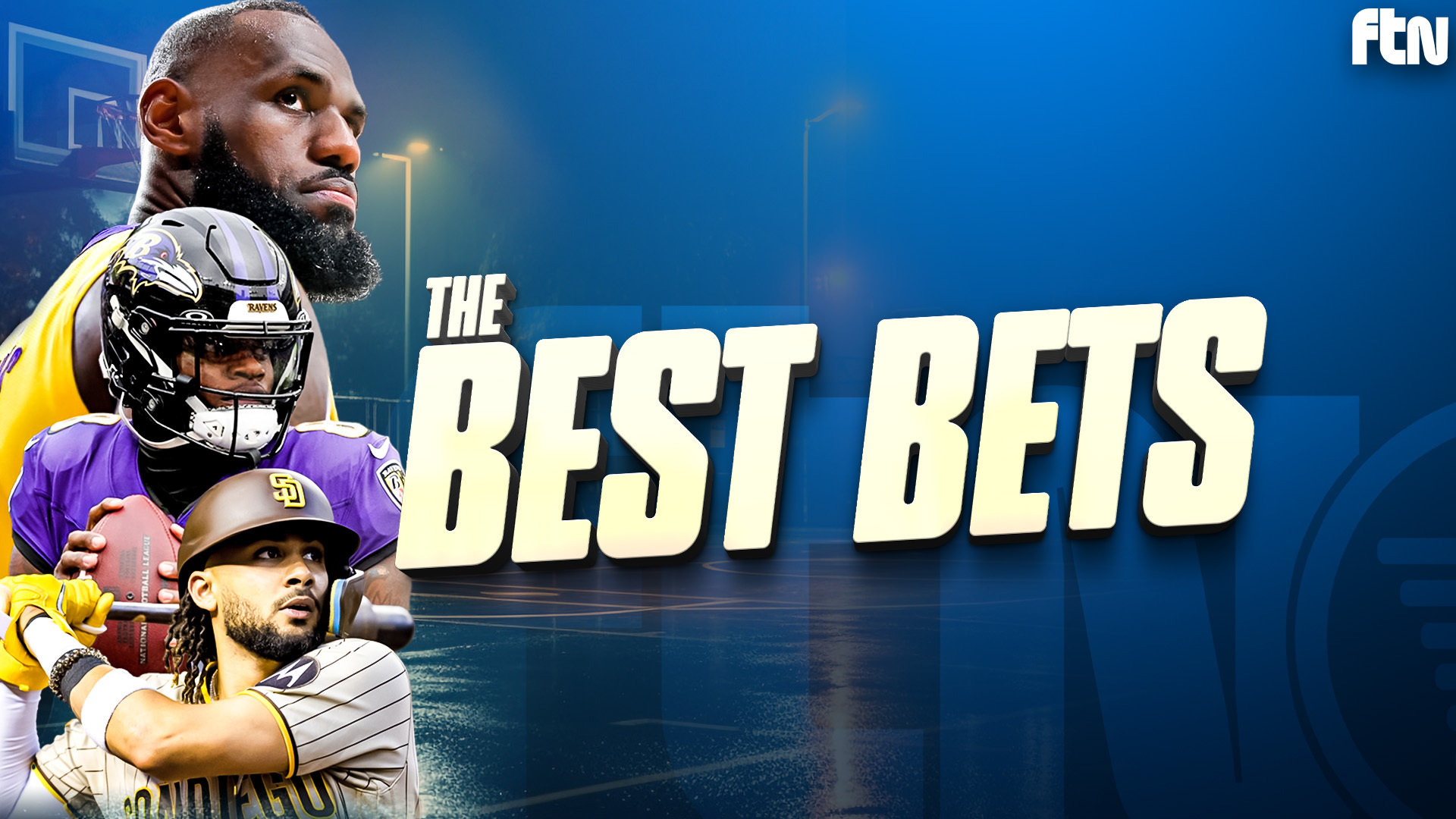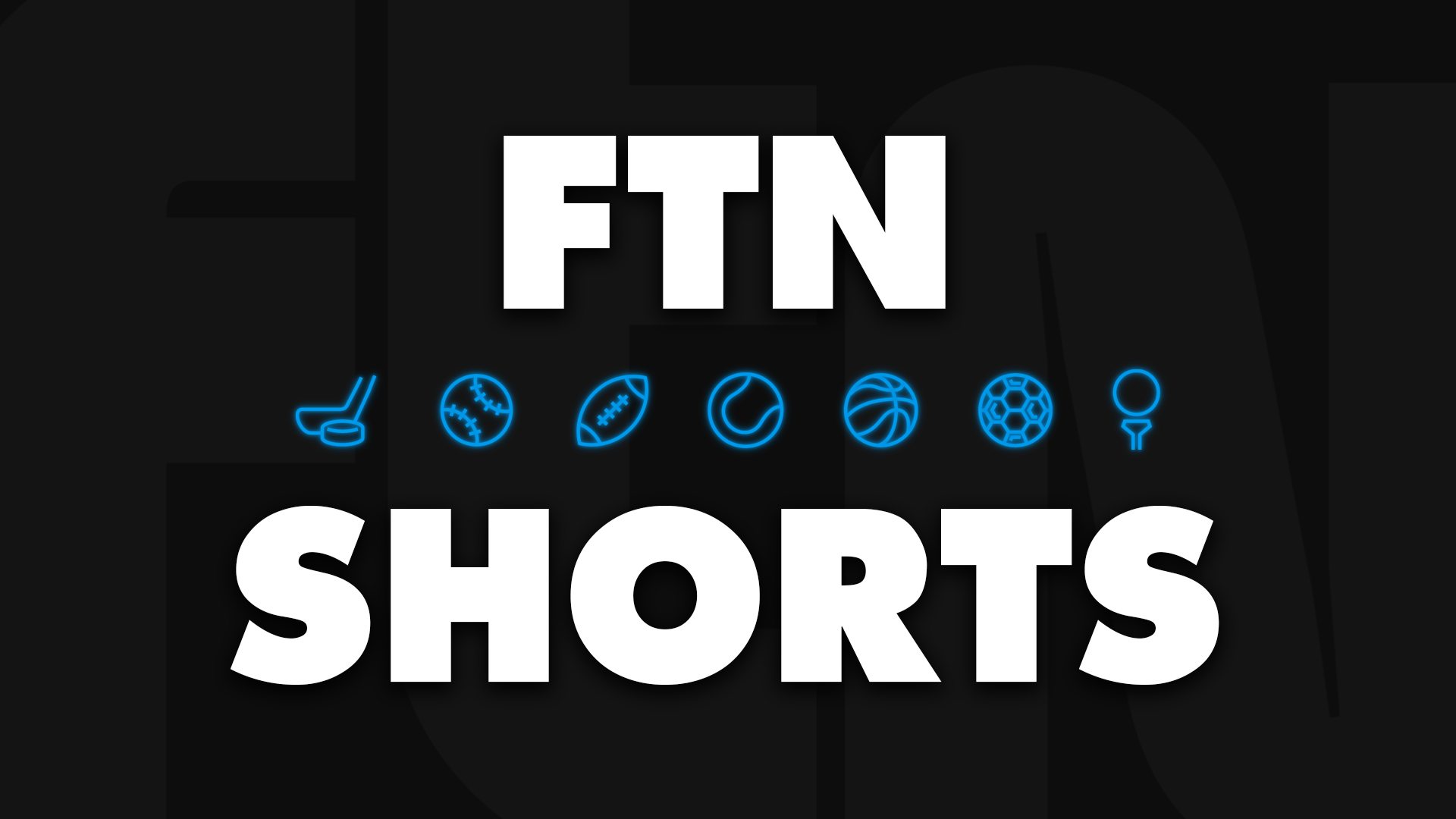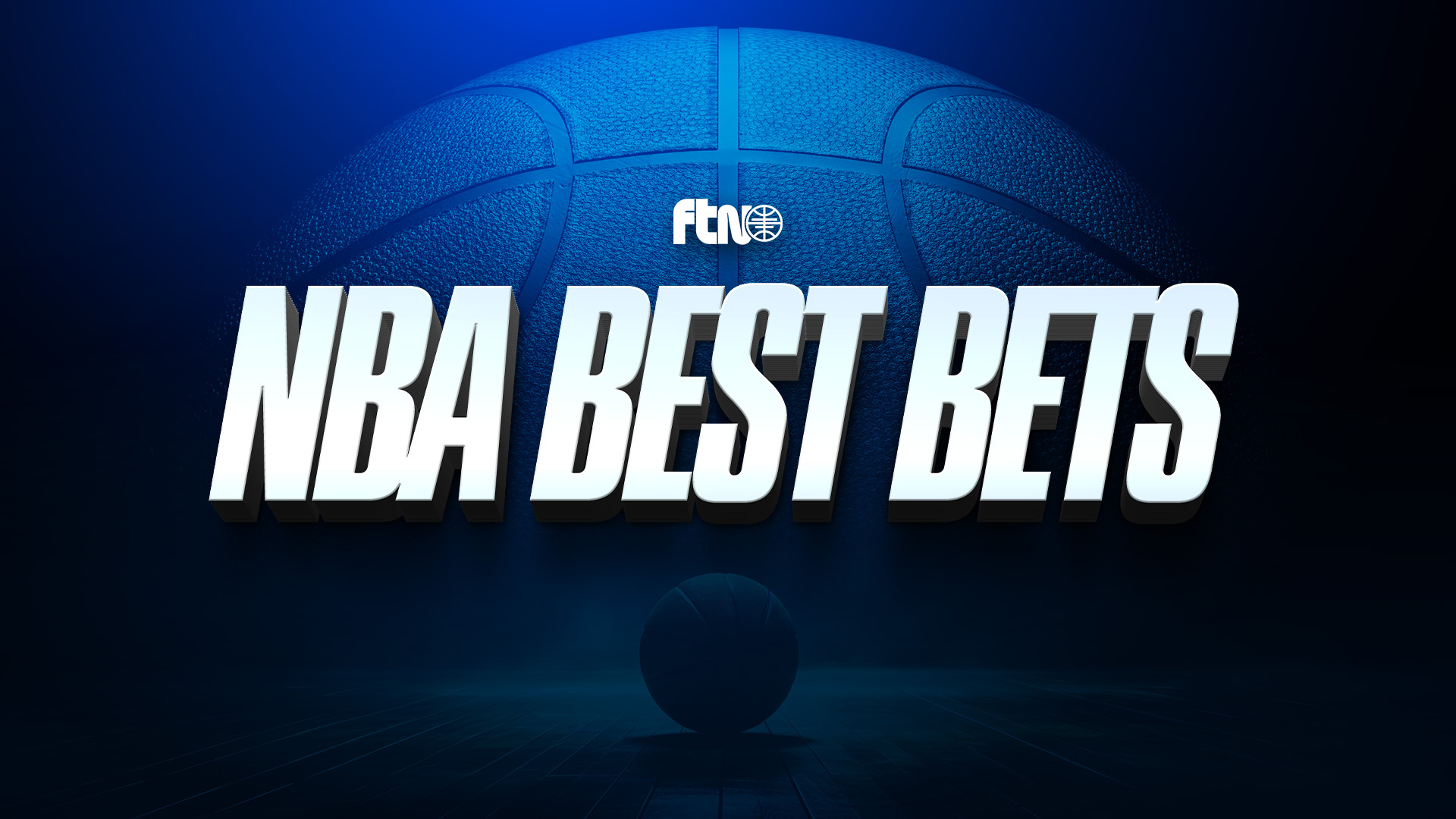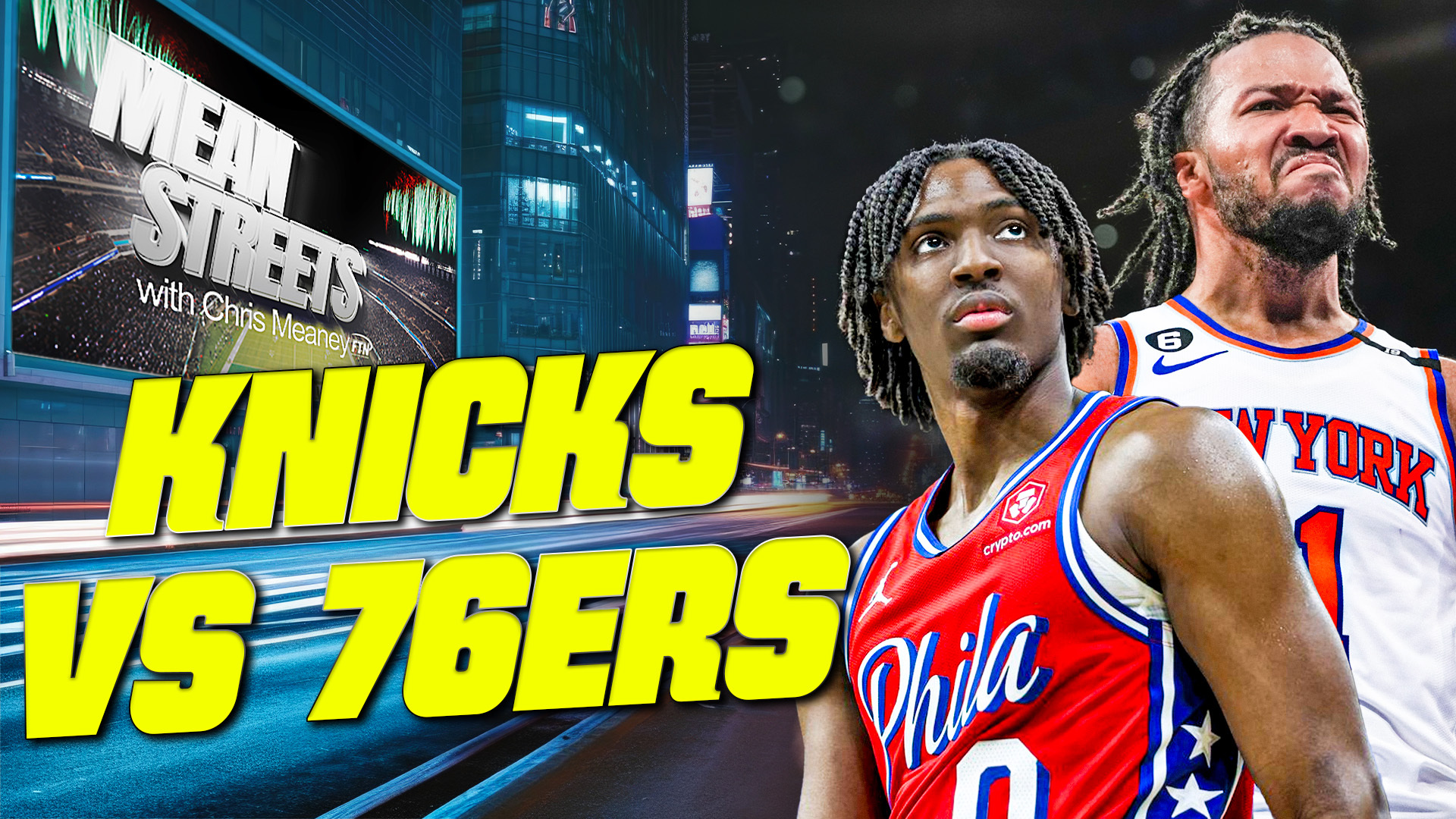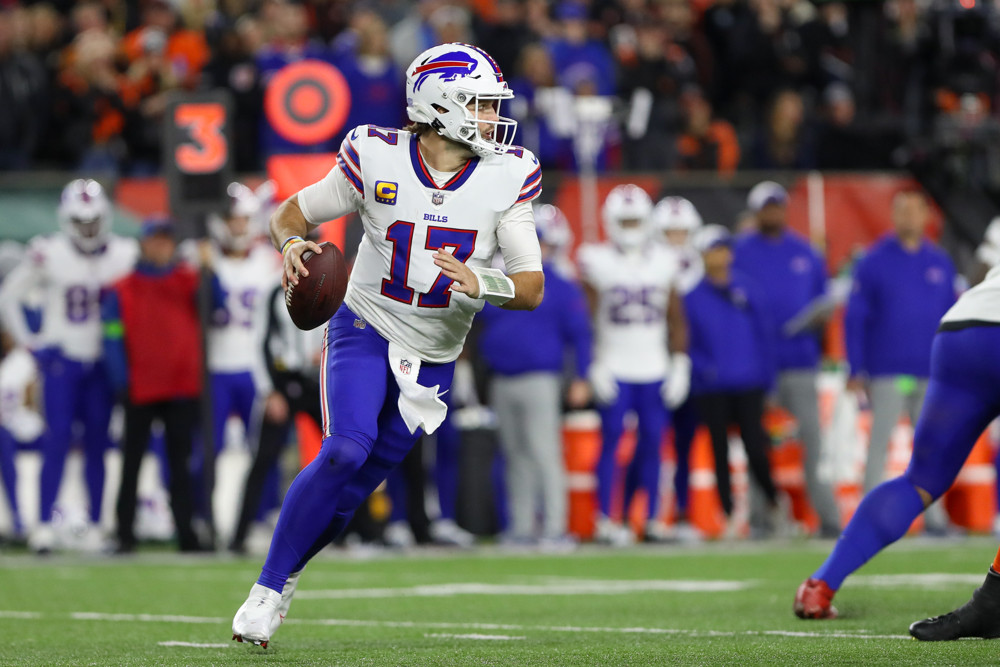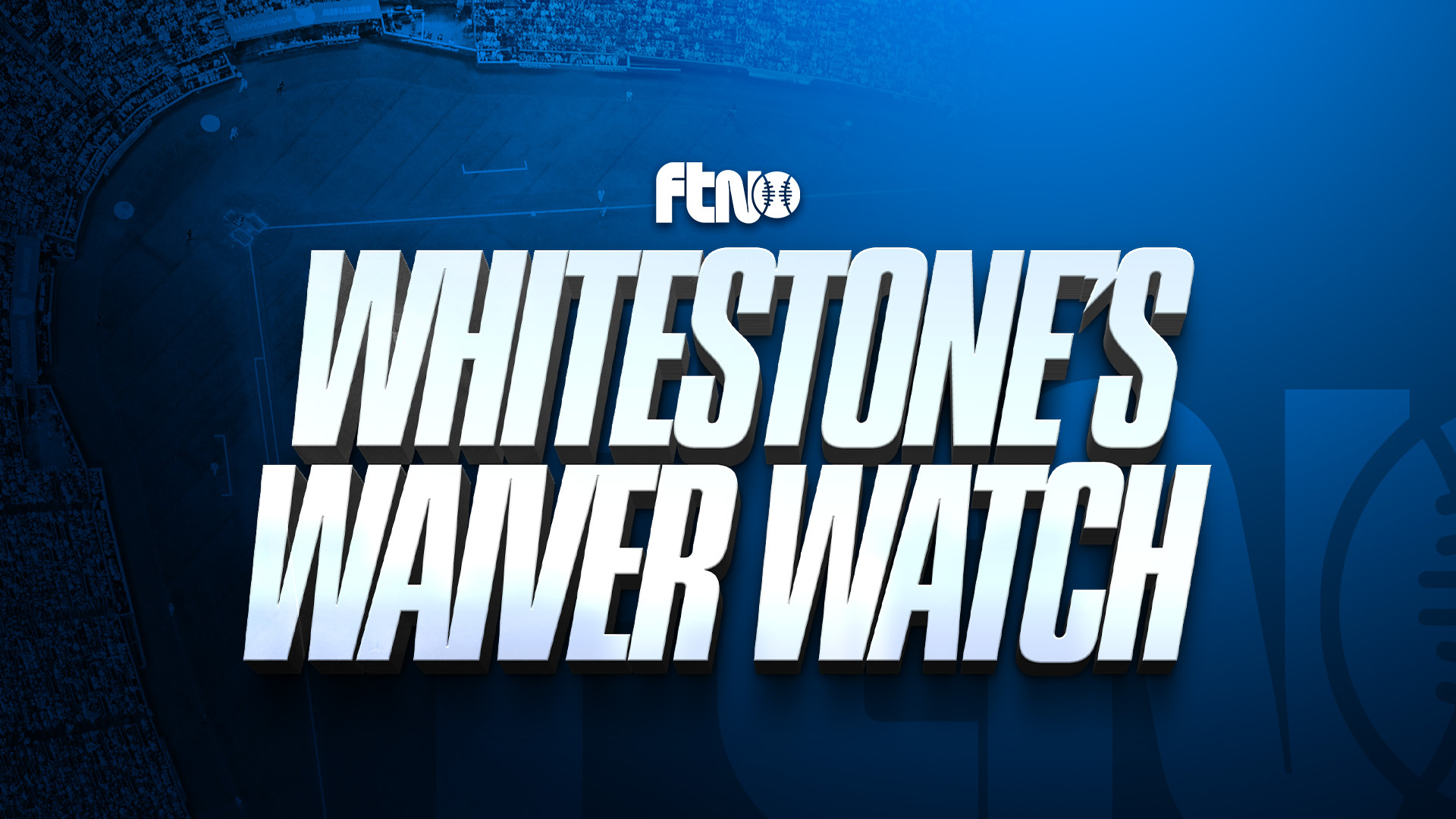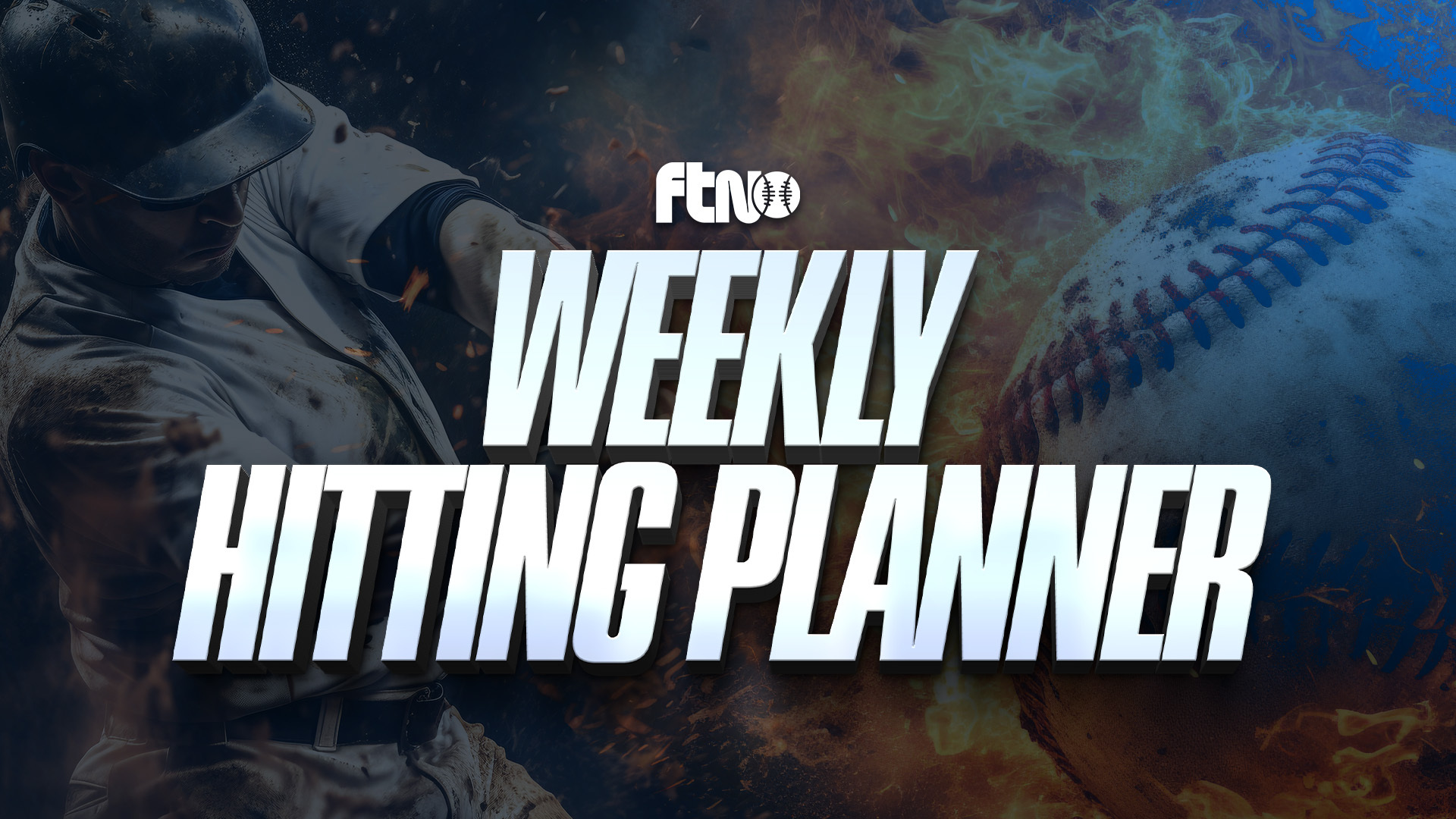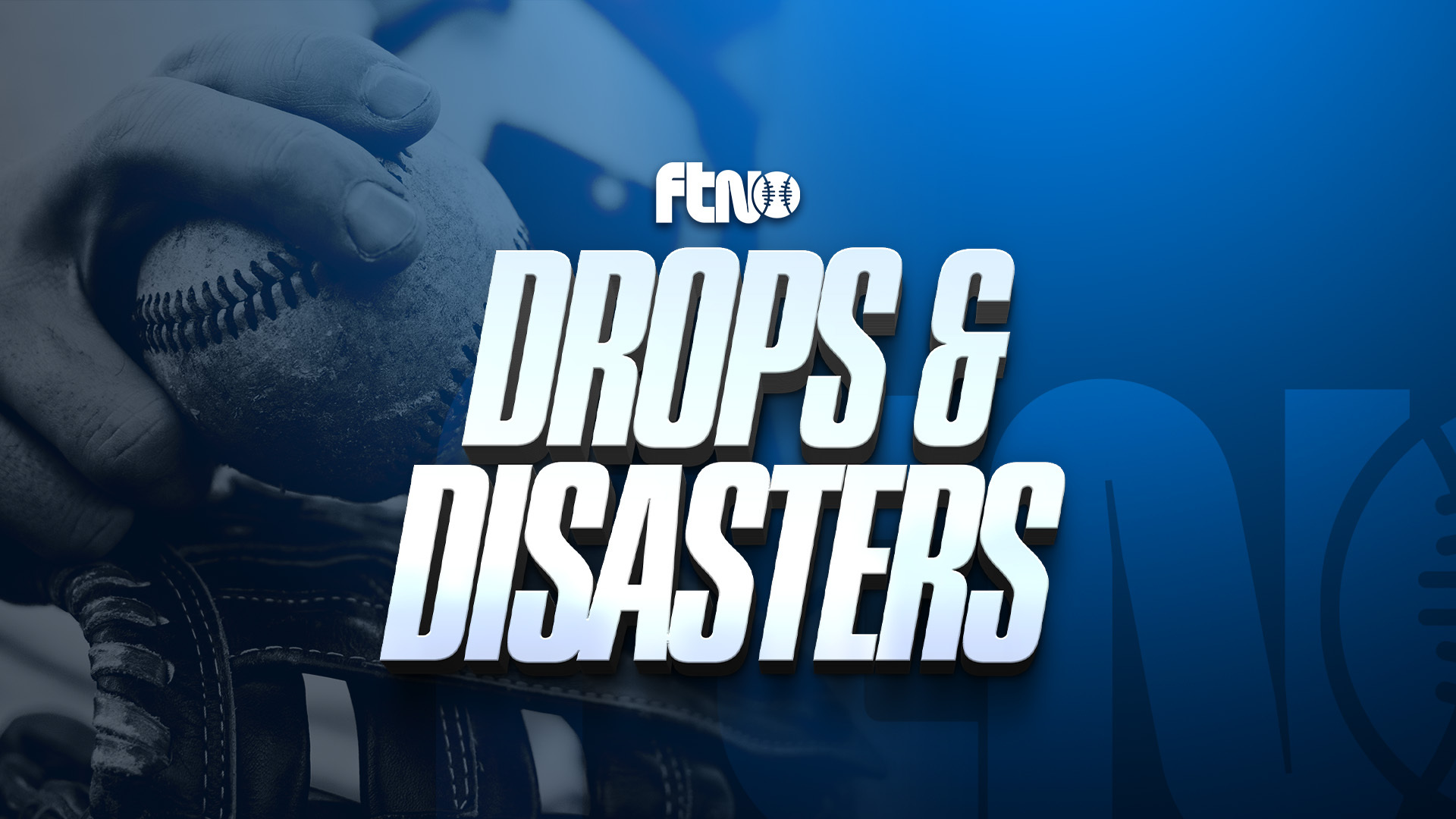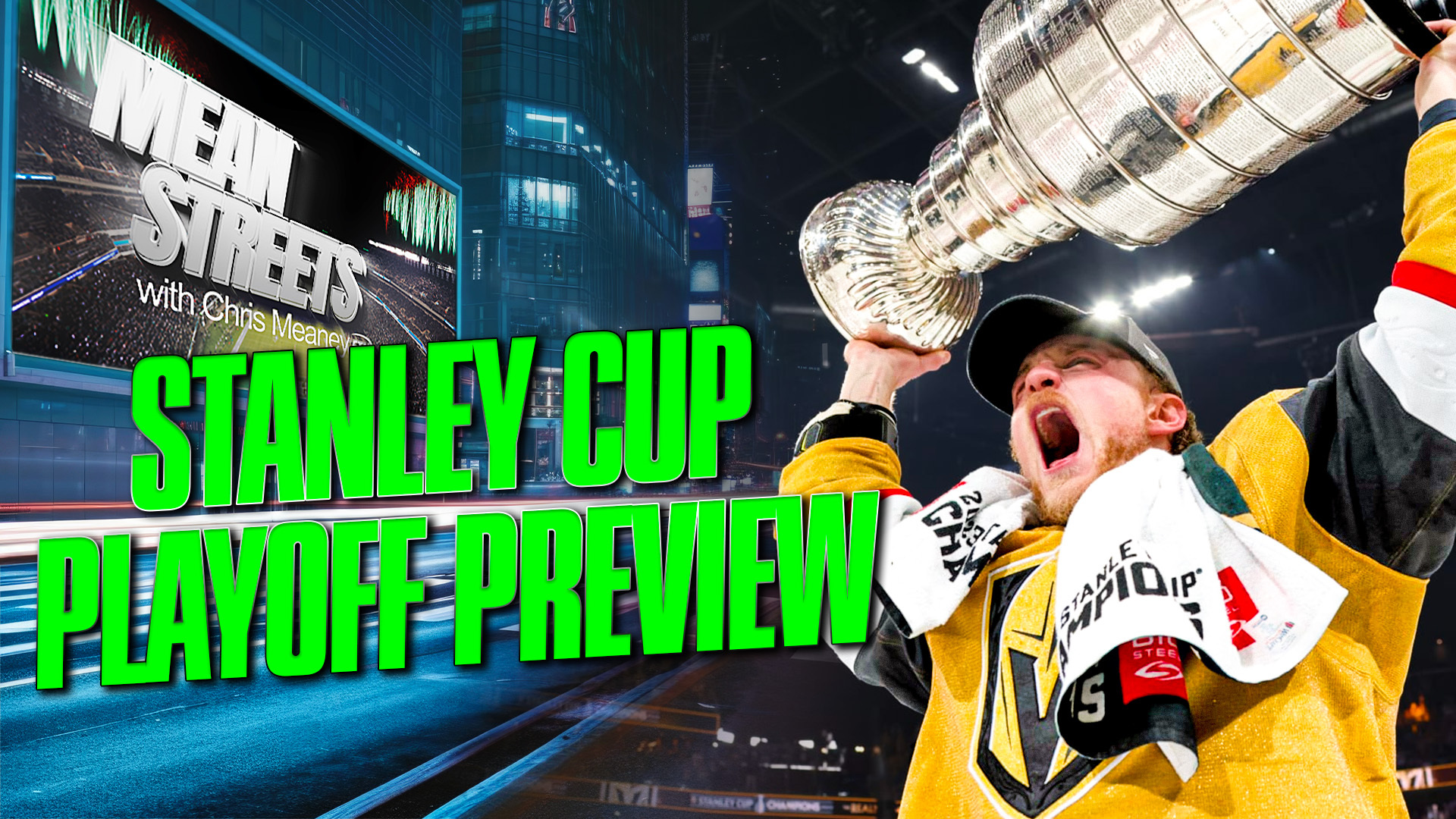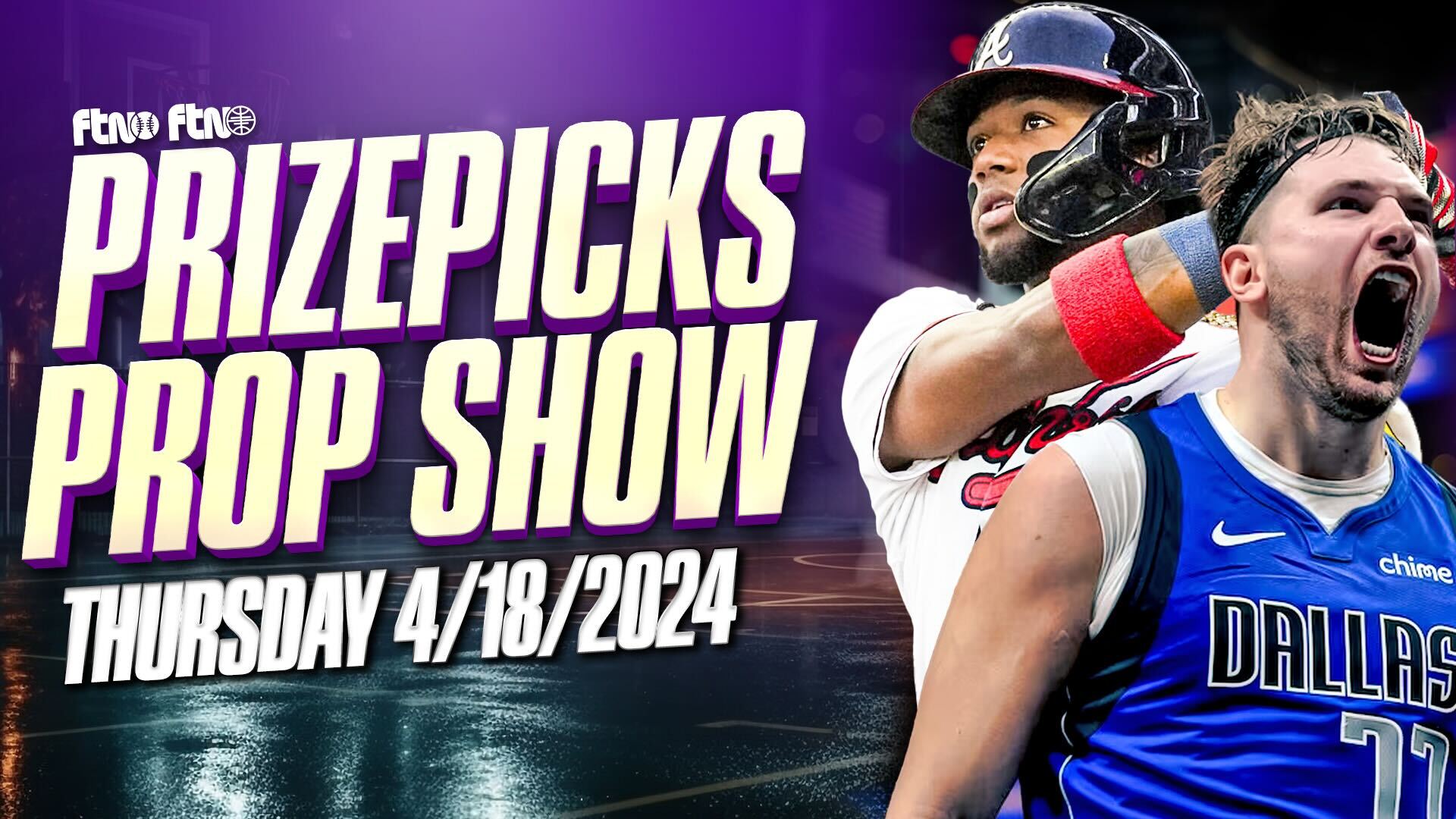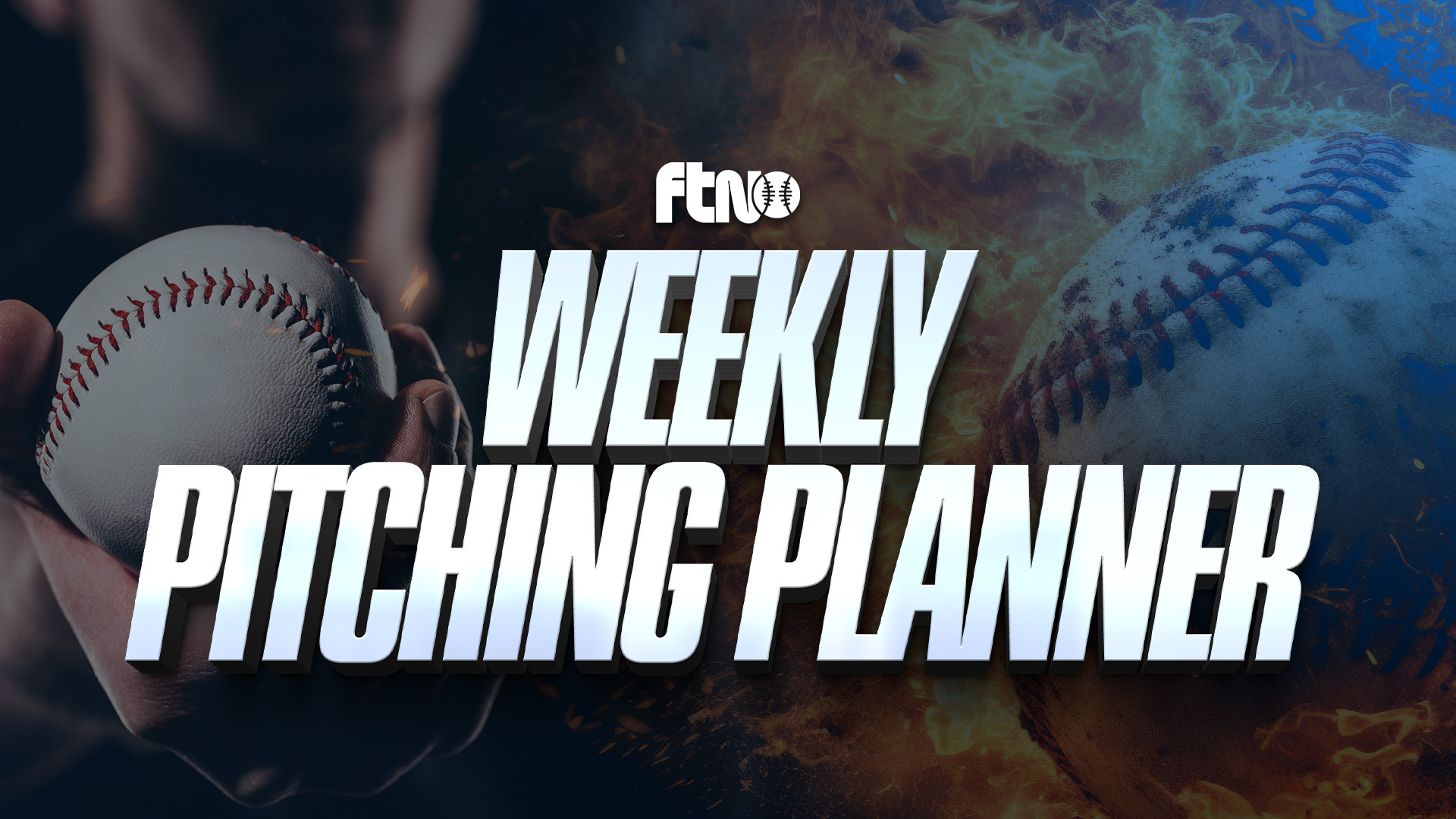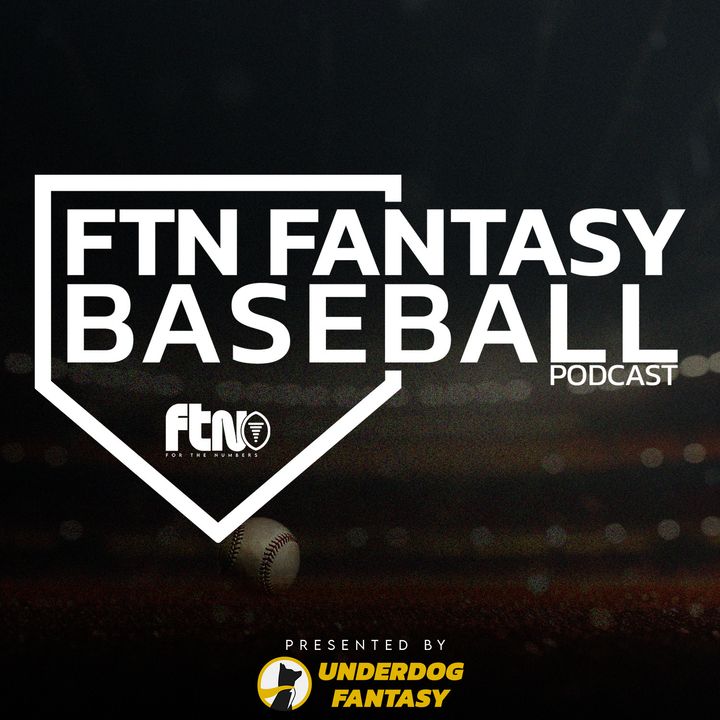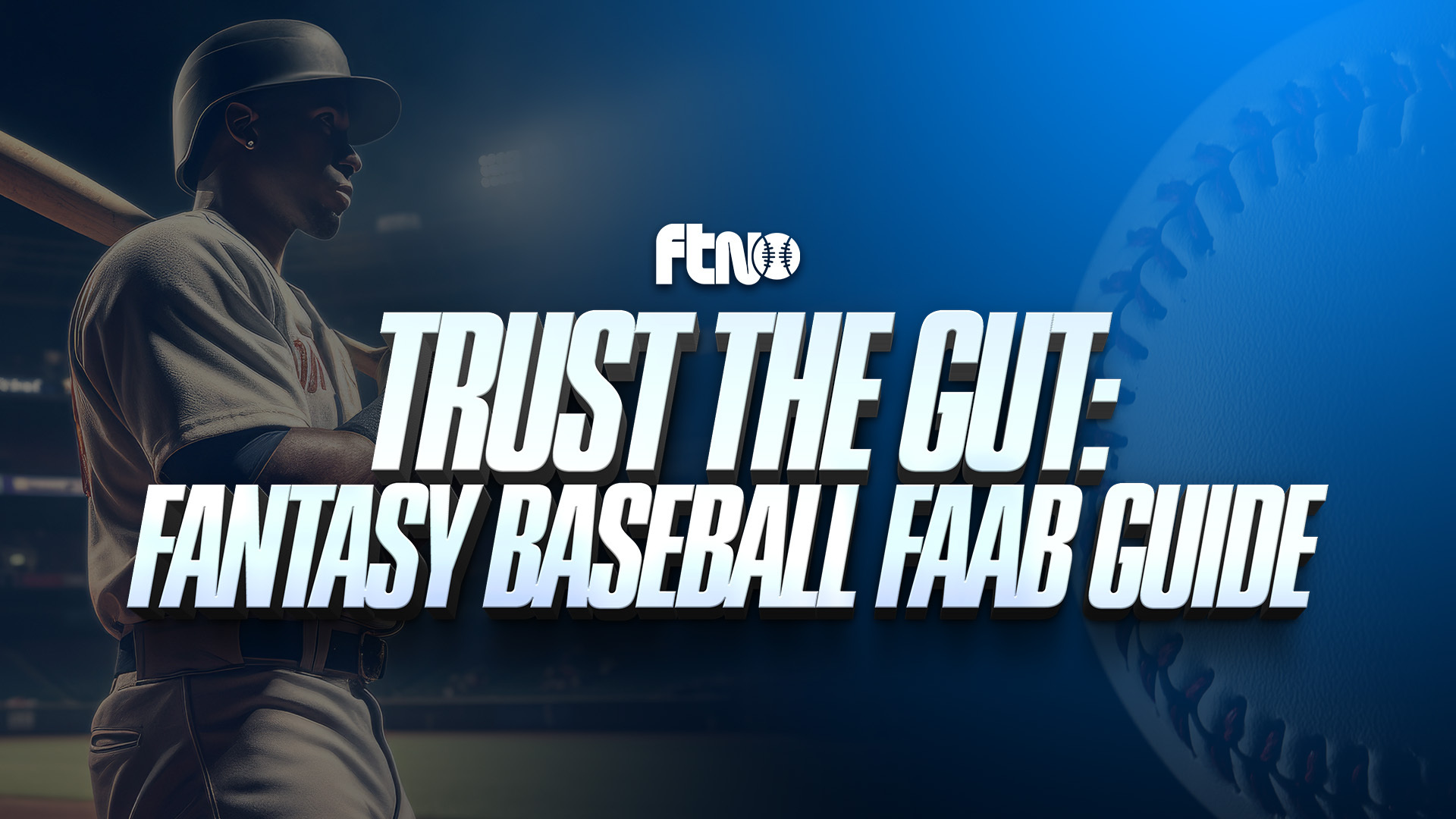
The first few weeks of the fantasy baseball season have finally concluded. That means the emotional roller coaster has likely zipped around the tracks several times, perhaps resulting in derailment and/or loss of limbs if you got out to a poor start.
Not to worry, even the most seasoned fantasy baseball players let emotions get to them early in the season. After watching Chris Bassitt and Seranthony Domínguez put together blowup outings on opening weekend, I declared my pitching staff “dead in the water.”
It always feels nice to get off to a hot start, but by July and August, you won’t even remember those April blowups. It’s why fantasy baseball is the ultimate test of skill, patience, psychology and … you guessed it, game theory. In case you missed my Week 1 debut, you’re in the right place.
Making smart decisions in fantasy baseball doesn’t always have to be based on data. Every other week, I’ll take you through my thought process on how to attack this week’s MLB slate and beyond. The ideas in this series will be fluid. My goal is to keep things fresh so you keep coming back for more. It won’t always be about the NFBC either. If you’re in a H2H points league (like me), I’ve got your back too!
Game Theory: Week 1 in Review
I’m all about transparency. Most analysts put out great content, but rarely do they go back and review their past takes and “grade” themselves.
It’s the best way to hold yourself accountable and review your own personal process. So every other week, when this article drops, I’ll set aside a few paragraphs to review the advice I gave to fantasy managers two weeks ago. Here’s what I discussed back in Week 1.
Tylor Megill vs. David Peterson
My debut article March 31 didn’t have much meat in it. That’s because we only had one day of games to sample. The only true game theory “example” I gave revolved around the Mets’ fifth starter following news that Justin Verlander had hit the IL.
I opined that most managers already had locked into their minds that David Peterson was a “better option” to stream/pick up than Tylor Megill because the former beat the latter out for a rotation spot in Spring Training.
Using game theory, I speculated that taking a stab at Megill could create leverage in high-stakes leagues.
What if Megill outperforms Peterson during their stints as fill-in starters? In that case, it might be Megill who remains in Quintana’s spot, while Peterson gets demoted to the bullpen.
Once Verlander landed on the IL, Peterson edging out Megill for a rotation spot in the spring became a moot point. However, there was still a subconscious thought that Peterson’s long-term spot was “safer.”
Yet since Opening Day, Peterson has made three starts for a combined line of:
- 14.2 IP, 19 H, 8 ER, 16 K (0-2, 4.91 ERA, 1.84 WHIP)
Meanwhile, Megill has made three starts with this line:
- 16 IP, 12 H, 4 ER, 13 K (3-0, 2.25 ERA, 1.19 WHIP)
It will be interesting to see what happens once Verlander returns. But so far, Megill is winning the race.
The Struggling Pitchers Dilemma
Before we get to the Week 3 section of game theory, let’s talk about #overreactionseason.
One of the most difficult things to do at the start of fantasy baseball season is to keep your emotions in check. Corbin Burnes’ first two starts was a great example of that. When he coughed up four runs in five innings in the season-opener, it was a letdown for fantasy managers who likely used a top-15 pick on him. When he followed that up with a 4.1 IP, 7H, 6 ER, 2 BB, 3 K line against the Mets April 5, some managers were panic-stricken.

However, he threw a gem against a red-hot Diamondbacks team Tuesday (8 shutout innings, 8 K’s) and looked like his normal self – attacking the strike zone and retiring batters with elite efficiency. It was enough to convince his managers that the early struggles were likely a blip during a long season.
That said, who are some of the pitchers we should truly be concerned about? Who should we remain patient with? I promised in the debut of this column that I wouldn’t shower you with advanced statistics. Well, you’re in luck. Aside from watching an absurd about of baseball these past two weeks, I’ve also dug into some advanced stats and other metrics myself. Here’s a list of pitchers I’m concerned about, remaining patient with and on the fence about through 2.5 weeks of the season.
Panic
Alek Manoah, Toronto Blue Jays – Strikeout stuff just isn’t there. Hard-hit rate is up. Dangerous recipe for someone who’s already a fly-ball pitcher.
Tyler Anderson, Los Angeles Angels – I know, he’s not an “ace.” But he was quite useful last season and is widely rostered in NFBC leagues. He’s not missing bats, his rates don’t look great and he’s due for regression after last year’s career year.
Stay Patient
Sandy Alcantara, Miami Marlins – Watching Alcantara get blown up Monday was like witnessing a total solar eclipse. Don’t overreact here. It was basically one bad inning. Nothing concerning in the profile.
Aaron Nola, Philadelphia Phillies – I don’t have any shares of Nola this season, but he’s had some bad luck to start the season. There’s nothing I’m seeing that shows any decline in his skill set. Just ride out the rough start.
Cristian Javier, Houston Astros – Prior to Tuesday’s mediocre outing against the Pirates, Javier was inducing swings and misses at an elite clip. The pitch clock has sped him up a bit, and perhaps that will take some adjusting for Javier. But I’m not concerned with the ERA that sits north of 4 at the moment.
On the Fence
Brady Singer, Kansas City Royals – Singer flashes at times and then looks completely hittable. He’s alternated good and bad starts this year. You’re not dropping him, but he’s not a guy I feel great putting out there every five days. I’ll be watching his next few starts closely.
Nathan Eovaldi, Texas Rangers – I haven’t been able to quit this guy since I saw him consistently touching 99 mph back in 2011. There’s always a chance he gets hurt again, but he’s probably going to be valuable enough to roll out there on a consistent basis in favorable matchups. The numbers have been subpar thus far, but he’s due for a bit of positive regression through his early starts.
Miles Mikolas, St. Louis Cardinals – He got the Coors Field treatment Tuesday. But Mikolas has value, especially in deep leagues, due to his ability to get ground balls, pitch fairly deep into games and rack up wins on a St. Louis team that has an elite lineup. His strikeout stuff has actually been up (which has held him back in the past). He’s not going to win you your league – however, I’d be looking to poach him from a manager who’s frustrated after the Coors blowup.
Week 3 Game Theory: Shielding Your Opponents
OK, now the good stuff. Sometimes making decisions about your own roster isn’t enough. Remember this blurb from two weeks ago?
“Game theory studies interactive decision-making, where the outcome for each participant or ‘player’ depends on the actions of all. If you are a player in such a game, when choosing your course of action or “strategy” you must take into account the choices of others.”
I’m going to use my own NFBC Online Auction Championship team as an example here. I went into that draft hoping (if funds allowed) to spend on the catcher position. Perhaps it’s personal preference, but I’m not comfortable streaming my Catcher No. 2 spot. I’m certainly not comfortable punting both spots altogether.
I quickly jumped on Daulton Varsho as my Catcher 1. I had already secured Vladimir Guerrero Jr. and George Springer, so it made sense to include Varsho, who’s listed as a catcher but sees nearly all of his time in the outfield. Later in the draft, I completed a Blue Jays stack by outbidding a persistent (and annoying) manager for Alejandro Kirk.
Before I touch on game theory, I wanted to explain this move. Grabbing Varsho and Kirk together was by design. With Varsho spending his time in the outfield, there’s no need for him to have “scheduled catching days off.” That by itself provides an edge at a thin position. Drafting Kirk meant I’d have both Blue Jays “catchers” in the lineup most days and some correlation as well. The two have spent a handful of games batting back-to-back in the order.
Stacking at the catcher position? Finding correlation at the catcher position? I thought that was a unique build that virtually no other NFBC managers would have in a large-field contest.
OK, moving on to game theory. This past week’s hottest FAAB piece was New York Mets top prospect Francisco Álvarez. It’s going to take some time before he’s catcher eligible (currently, he’s listed as UTIL), but fantasy managers understand the value of having a power bat like that at a thin position.
While going through FAAB Sunday, I thought to myself, “Man, I worked so hard to create an edge at the catcher position on draft day. Yet just one week into the season, someone is going to land a prized prospect.”
So I bid $144 on Álvarez and won his services.

Huh? Your instant reaction was probably, “Why did you spend $144 on Álvarez when you already have Daulton Varsho and Alejandro Kirk at the position?”
Sometimes you have to think outside the box – and outside your own roster. Álvarez is a welcome addition to my team, sure. But it’s arguably more important that I kept him from being a welcome addition to someone else’s team.
Let’s be honest. None of us knows how Álvarez’s 2023 season will play out. Could he be up for the Mets the entire season? Sure. Could his questionable defense, plus a prolonged slump, have him back in AAA at some point? Sure. Could he hit 20+ homers and pay off his price tag handsomely? Definitely.
I was willing to take the risk to preserve my massive edge over the field at the catcher position. It also gave me roster flexibility (Varsho is OF eligible, and Álvarez will eventually become C eligible) and insurance at the position in case of injury.
All this to say: Making decisions in fantasy baseball doesn’t always have to be about your own roster. Sometimes it pays to question, “How will this player impact my opponent’s roster?”
That’s it for this week. Next time we reconvene, we’ll revisit some of the pitchers I talked about above. We’ll also examine how Alvarez has looked through his first two weeks with the Mets. And, of course, there will be a whole new section on game theory. Hit me up on Twitter @Adam15Young and let me know what’s on your mind.

